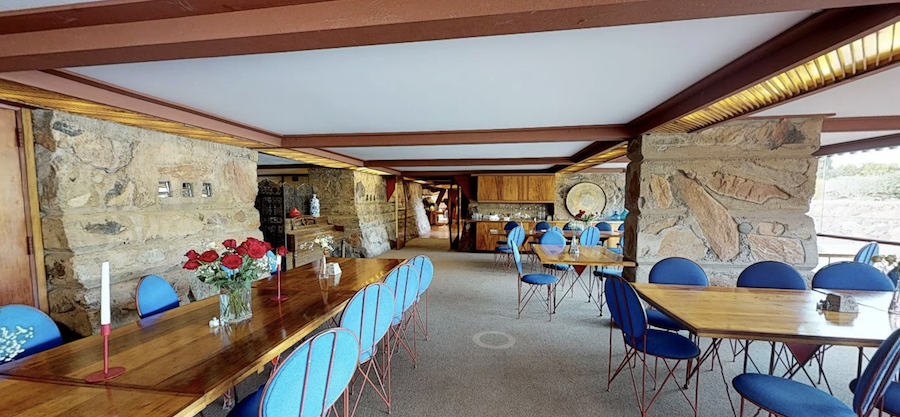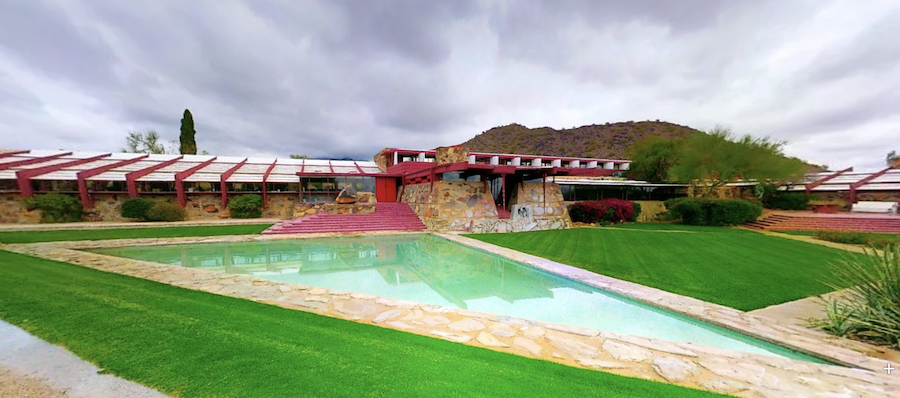As the mighty House of Medici amassed works of art between the 15th and 18th centuries, could its members have imagined that we would still be enjoying their collection in the 21st? Perhaps they did, given the tendency — sometimes fatal — of business and political dynasties to imagine themselves as eternal. But the Medicis could scarcely have imagined how people all around the world have just gained access to the sculpture they collected, now displayed at Florence’s Uffizi Gallery and elsewhere, through the Uffizi Digitization Project.
A collaboration between Indiana University’s Virtual World Heritage Laboratory, the Politecnico di Milano, and the University of Florence, the five-year project, which began in 2016, has as its goal the complete digitization of Greek and Roman sculpture in the Uffizi Gallery, Pitti Palace, and Boboli Gardens. Though not yet finished, it has already managed to digitize more works of classical sculpture than any other effort by a single museum, and at its site you can take a look at every complete piece and fragment already digitized — and not just a look, as you’d get while passing by on a walk through a museum, but a closer and more detailed look than you may ever have thought possible.
“The genuinely easy-to-navigate website proves more interactive than many computerized museum archives,” writes Hyperallergic’s Jasmine Weber. “Users are given the opportunity to travel inside tombs and inside every nook of the figures’ construction. The interface allows users to travel around and within the sculptures, getting closer than visitors often can in the museum space itself thanks to three-dimensional rendering from every imaginable angle.” The collection, notes the Uffizzi Digitization Project’s about page, contains “works of exceptional interest to students of Greek and Roman art, notably the Medici Venus, the Medici Faun, the Niobids, and the Ariadne.”
The Uffizi Digitization Project has so far made more than 300 works available to view as 3D models, and you can find them by either searching the collection or scrolling down to browse by category, a list that includes everything from altars and busts to statuettes and vases. And though no more technologically impressive collection of virtual classical sculpture may exist on the internet, after experiencing it you might nevertheless feel the need to see these pieces in an environment other than the black digital void. If so, have a look at the virtual tour of the Uffizi Gallery we featured earlier this year here on Open Culture. But be prepared: from there you may want to book a ticket to Florence and see the sculpture collected by the House of Medici in the very city where it rose to such vast economic and cultural power.
via Hyperallergic
Related Content:
How Ancient Greek Statues Really Looked: Research Reveals their Bold, Bright Colors and Patterns
Based in Seoul, Colin Marshall writes and broadcasts on cities and culture. His projects include the book The Stateless City: a Walk through 21st-Century Los Angeles and the video series The City in Cinema. Follow him on Twitter at @colinmarshall or on Facebook.
by Colin Marshall | Permalink | Make a Comment ( 1 ) |



